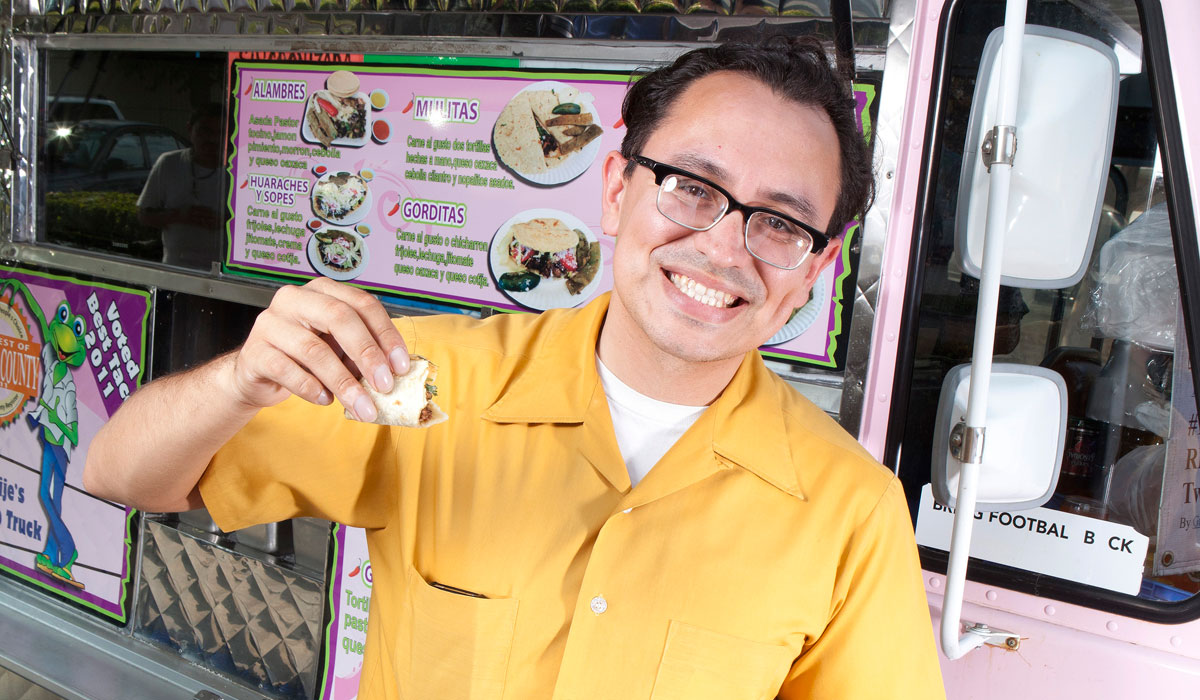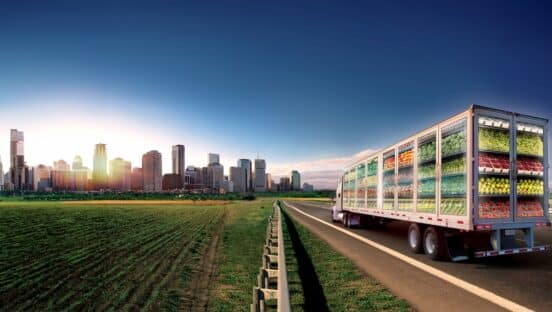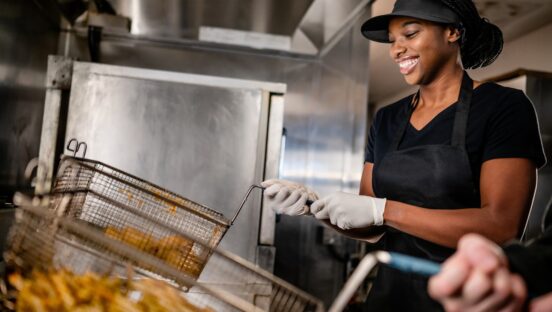Sponsored by Coast Packing Company.
Thanks to consumer interest in natural and minimally-processed ingredients—and, as of June 2018, an outright ban in the U.S. on artificial trans fats commonly found in hydrogenated oils—products like lard and beef tallow are making a comeback.
We spoke with Gustavo Arellano, weekly columnist for the opinion section at The Los Angeles Times and author of Ask a Mexican—which is based on the eponymous long-time column in OC Weekly—to learn why fats made in a lab simply can’t compete with mother nature.
How is lard better or healthier than processed vegetable oils?
It’s natural, for starters. Mankind has used lard and other animal fats for millennia, and you know exactly what you’re getting with lard. “Processed vegetable oils” can mean anything.
Cooking with animal fats spans cultures: Italian cannolis, Chinese stir fries, and Mexican churros, for example. What is the importance of animal fats across cultures?
Nearly every culture that eats meat uses animal fat—and that’s almost the entirety of humanity. Each culture, of course, uses animal fats for different reasons, whether for bread, frying, or even candles, but it’s almost always indispensable to them.
One of the main reason we saw a switch away from cooking with animal fats was because various regulatory entities said saturated fats were bad for humans. Now, those same entities say the opposite is true. Obviously, this is confusing. How can we be sure there won’t be a different message five years from now?
Someone will always claim something is bad, then someone else claims otherwise soon after. I always go with the wisdom of humanity. People have been using animal fats almost as long as we’ve been able to domesticate animals, so rumors of animal fat’s inherent evil are greatly exaggerated—and frankly, insulting to civilization.
How does lard enhance the flavor of foods?
If you take a product historically reliant on lard, such as flour tortillas, and create one version with lard and one without, the one with lard wins almost all of the time. Simply put, lard has flavor that processed vegetable oil can never hope to have, yet spends its life desperately trying to replicate. No one ever tries to replicate canola.
Are animal fats more sustainable or environmentally-friendly than processed vegetable oils?
Anything processed is ultimately unsustainable.
How has demand for more natural ingredients affected consumers’ perception of animal fats like lard and tallow?
Lard and tallow are, by their nature, natural, so I’ve seen more of an interest in the use of lard and tallow among young people than I’ve ever seen in my life, which is very exciting.
What are some ways that quick-service restaurant operators can use lard or tallow in daily operations?
Easy: Start using it again. Fries? Bring back the tallow. Baking? Use lard instead of vegetable shortening. Frying something? Use lard over cooking oil. Lard and tallow are a restaurant’s best friend, and the customer will thank you with repeat business.













